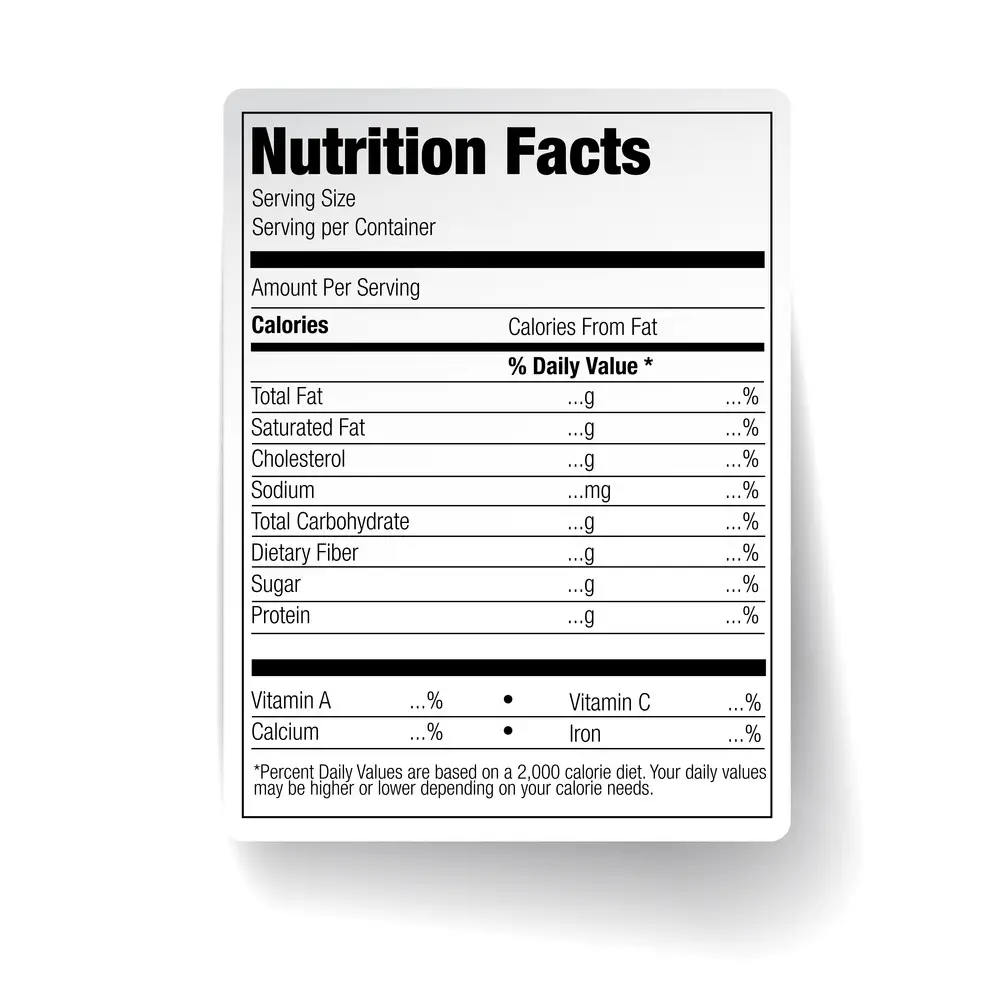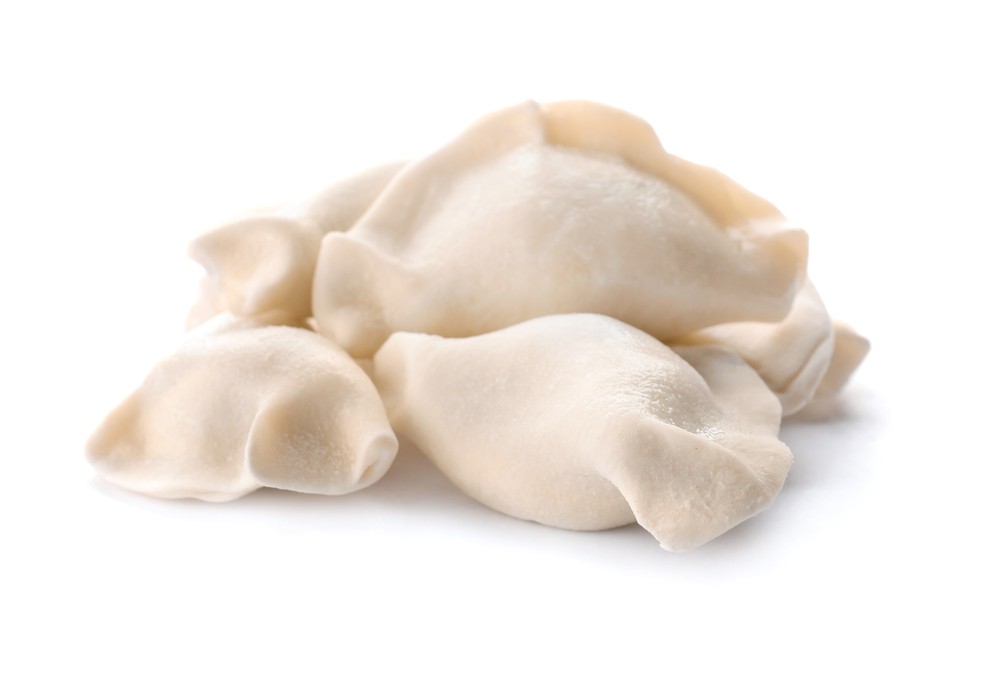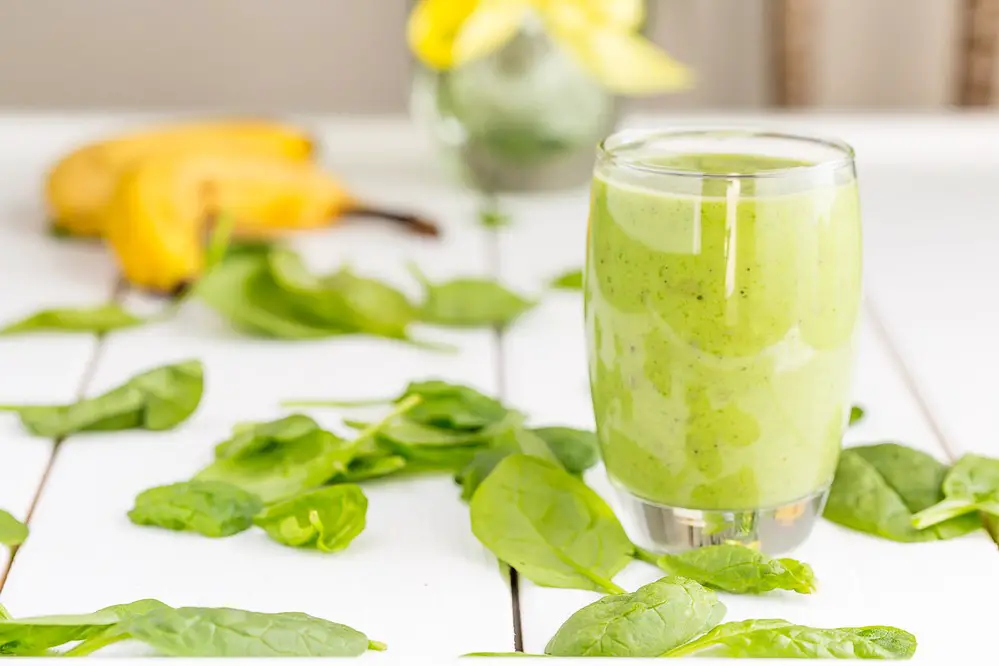Cellulose gum is used in several foods, personal hygiene products, pharmaceuticals, and laundry detergents. It is a food additive that stabilizes foods, gives them consistent textures, keeps their nutrients mixed (especially oils and water), maintains moisture levels, and imparts other valuable characteristics.
Therefore, expect to find cellulose gum in foods like ice cream, infant formula, spice mixes, beer, processed cheeses, pie filling, cream cheese, and baked goods, to name a few.
However, if you have embraced veganism, you will want to know if cellular gum is vegan. Let’s delve deeper to find out more about how its obtained and other essential information.
What is Cellulose Gum?
Cellulose is a carbohydrate found in the cell walls of plants, cotton lint, and wood pulp. Making cellulose gum (CMC) requires the creation of a reaction with acetic acid (a mild acid that’s the main component of vinegar) and salt.
The mixture then goes through a filtering process, creating a fine and versatile powder. Since only small amounts of this powder are required to maintain the stability and texture in foods and other products, you will usually see it at the bottom of the ingredient lists.
CMC is tasteless and odorless. The white fibrous powder has a viscous consistency when mixed with water. Unlike many other additives, CMC has a vegan classification.

Main Functions of Cellulose Gum
When manufacturers want to keep food moist and fresh after cooking, they add cellulose gum. Therefore, baked goods can maintain their freshness and moisture for longer.
Cellulose gum is also a common ingredient in beverages. As consumers seek more beverages with reduced calorie counts, producers must provide them with juices that have texture, even though they are more watered down. Cellulose gum allows them to achieve reduced-calorie drinks that match consumers’ preferred textures.
The high-fiber content of cellulose gum can also help make you feel fuller when following a low-calorie diet. You can suppress your hunger for longer when added as a food filler. Hence it’s often added to foods preferred by people on a diet. However, eating too many foods with cellulose gum can have an extreme laxative effect.
The food additive also helps slow ice crystals’ formation on frozen products, particularly ice cream.
The various CMC applications include:
- Food emulsifier that makes mixtures easier to work with, especially batters that contain fats.
- Fat replacement in low-fat foods, helping preserve flavor and texture.
- Stabilizes ingredients by locking in moisture and ensuring components remain mixed. These properties enhance the flavor and extend the self-life.
- Cellulose gum makes an excellent replacement for gluten.
- Increases the fiber content in food, making it an excellent filler that aids digestion and blocks cholesterol absorption.
- CMC improves the quality and texture of candy treats.

Is Cellulose Gum a Safe Food Additive?
The FDA, or U.S. Food and Drug Administration, has deemed cellulose gum (E466) as a generally safe food ingredient for several decades now, based on published scientific research. The same applies to other global food authorities like the EFSA (European Food Safety Authority), which recently concluded that there is no need to set a daily intake (ADI) level or its use levels.
However, to date, most studies have been on animals rather than humans, so we still may not know all the potential risks of the additive. Some studies have observed that the long-term use of cellulose gum does cause inflammation in rodents.
Additionally, the Center for Science in the Public Interest (CSPI) warns that CMC may not constitute the provision of the required amount of recommended dietary fiber.
Healthline also provides information from a trusted source that some individuals may have a higher risk of having sensitivity to or developing an allergic reaction to cellulose gum. Anaphylactic shock is also possible but extremely rare.
One study on humans found that long-term use affects the beneficial levels of gut bacteria and nutrients. These findings correlate with previous research on animals that say the additive may promote colon cancer and other chronic inflammatory conditions. However, the participants in the study on humans consumed higher than typical levels of cellulose gum daily than the average person.
On the other hand, cellulose gum is used in thousands of products globally and consumed by millions of people. Food manufacturers use it for its beneficial qualities and always have safety as their primary consideration.
Should You Avoid Cellulose Gum as a Vegan?
Like all other food additives, food manufacturers must list cellulose gum on any beverage or food label to avoid the consequences of mass product withdrawals. Therefore, consumers need not fear that it’s a hidden ingredient.
Furthermore, thanks to the efficiency of the ingredient’s functionality, minimal quantities are required to achieve its intended effects, whether to stabilize foods, provide texture, or improve recipes.
However, is cellulose gum vegan? According to this article in Vegan Calm, it is a vegan ingredient according to registered nutritionists and The Vegetarian Resource Group.
Cellulose sources include wood pulp, cotton seeds, and plant fibers, ensuring it is plant-based. It also has a transparent extraction process. After extraction, the plant fibers get combined with acetic acid and salt. After filtering the mixture, the result is a dry cellulose gum powder.
Therefore, the sources and process ensure this is an entirely vegan-safe product. However, it would help if you always erred on the cautious side of other ingredients lurking in your snacks and beverages if you want to ensure you don’t wish to use animal-derived or animal-tested products.
Tips to Consider Before Consuming Foods with Cellulose Gum
Cellulose gum is a safe food additive, but it’s important to consider the following tips before consuming products containing this ingredient: ·
- Be sure to check food labels in case you are allergic or sensitive to cellulose gum. ·
- Not all cellulose gums are vegan – be sure the product is certified.·
- It is best not to consume too many foods and beverages containing Cellulose gum because of potential side effects.·
- It would be best to be mindful of other ingredients in CMC products since some may not agree with your dietary requirements. By following these tips, you can be sure to consume foods containing cellulose gum safely.
Last Words
As a vegan, you worry about the various additives used in food and non-food products since you don’t want to consume products that contribute directly or indirectly to animal exploitation. Cellulose gum is a suitable additive for vegans in all its applications, and it’s also reasonably safe.
Making informed decisions is essential when deciding whether to use a product or consume a snack. The only way to ensure you don’t have anything to worry about is to understand each ingredient on the packaging, primarily its source and how it gets to your table.
What is cellulose gum?
Cellulose gum, also known as carboxymethylcellulose (CMC) or E466, is a food additive in many products such as ice cream and candy. It has various uses, including emulsifiers, thickeners, and stabilizers.
Is cellulose gum vegan?
Yes, cellulose gum is vegan since it is derived from plant fibers such as wood pulp, cotton seeds, and other plant sources. It does not contain any animal-derived ingredients.
Are there any potential side effects of consuming food containing CMC?
Although safe for general consumption in small amounts, long-term use of cellulose gum has been linked to rodent inflammation and potentially an allergic reaction in humans. Additionally, it may not constitute the provision of adequate dietary fiber. It is best to be mindful of other ingredients in CMC products since some may not agree with your dietary requirements
How do I know if a product contains cellulose gum?
Cellulose gum must be listed on any beverage or food label to avoid the consequences of mass product withdrawals. Therefore, consumers need not fear that it’s a hidden ingredient. Be sure to check food labels in case you are allergic or sensitive to cellulose gum.







